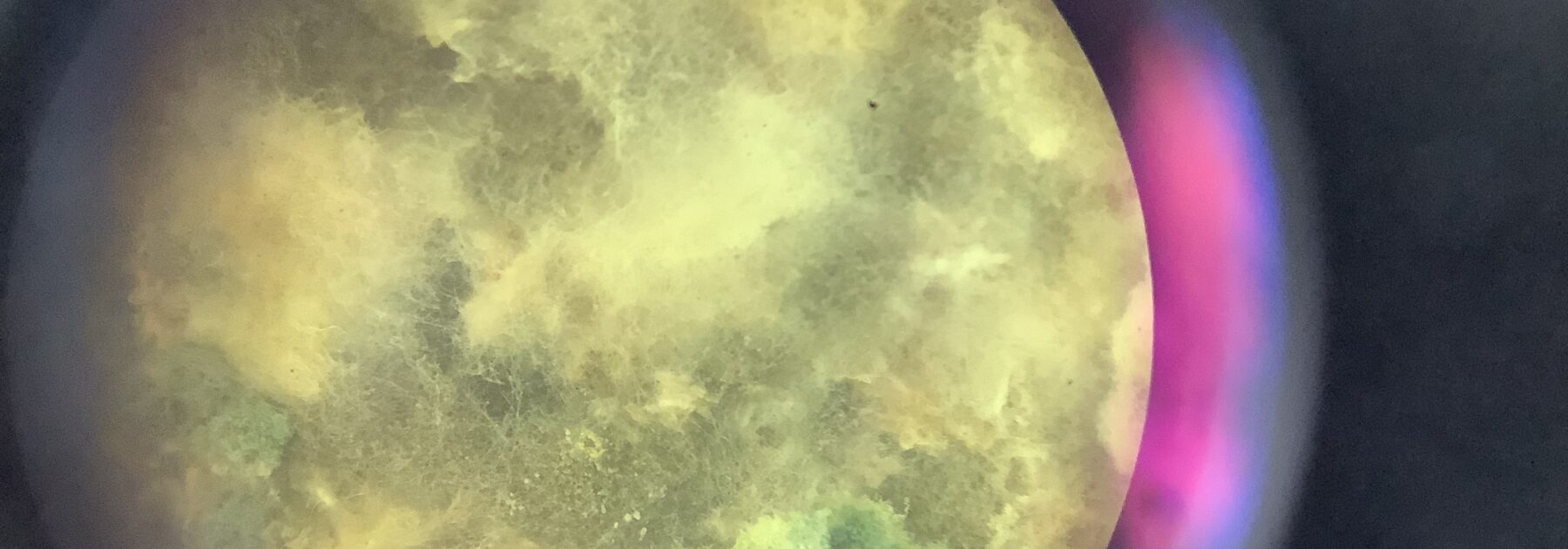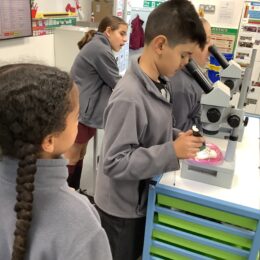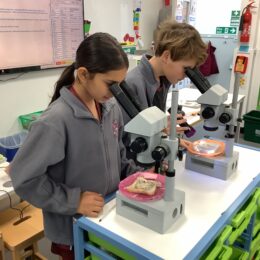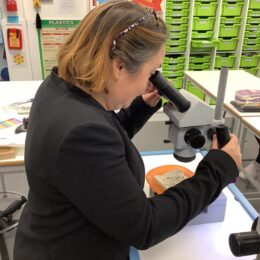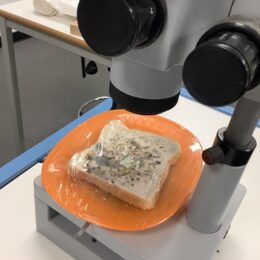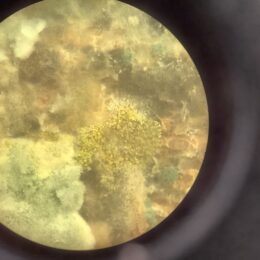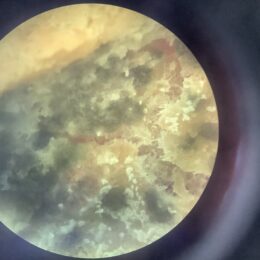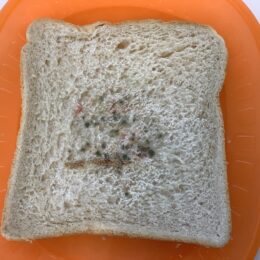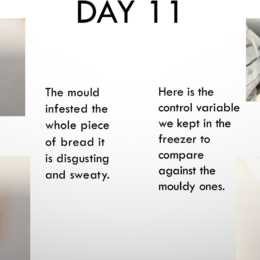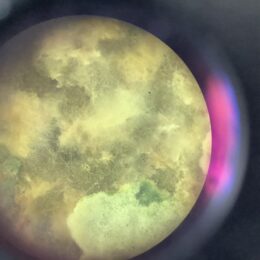Year 6 Go Mouldy!
Year 6 were set a gruesome task to research what conditions microbes like to grow in best! They were set the following:
You are going to investigate the conditions that cause mould to grow on bread. You need to decide which two different conditions you have. (eg. one could be one open on a plate, next to one in a clear sealed bag or one on a plate in the kitchen and one on a plate in the fridge). Think what it is you are changing – is it the temperature / dampness / size of area the mould can grow on etc.
You will then observe the slices daily at the same time and note what you see and take a photo which you can clearly label so you know what day and what slice it is (or make a table of photos and observations) and add to your HW assignment.
When designing your experiment think: what am I changing (independent variable), what am I measuring or observing (dependent variable) and what must I keep the same to make it a fair test (controlled variables).
Things ran a little slow at first with a lot of bread drying up and remaining in otherwise pristine condition, but Year 6 did not disappoint! When we learned that moisture was so important to microbes, some experimental modifications were made. Extensions were planned and bread was wetted in many dark and warm corners of the pupil’s homes and soon the mould gardens flourished!
Mrs Hills-Matthews followed the same protocol and grew some mould in the lab – the most successful mould gardens were the slices left in damp, open and warm conditions, joint with those left damp, covered and warm. The slice in the freezer acted as a control so we had something to compare it to and remained absolutely unaffected.
We were fortunate enough to be able to get some really up close and personal pictures using the binocular microscopes and iPads. They look like celestial planets as a whole, but looking closer, the binocular microscopes give depth perception so you can look right into the nooks and crevices and see how the fungal hyphae tangle into the bread to digest it. Every different colour represents a different mould species. Aspergillus, a very common mould in the air, forms fuzzy patches of yellow, pale green or multi-coloured spots. Penicillium, the first antibiotic, gives blue-green patches with white borders. Mucor and Rhizopus both look fluffy with black dots and are both known commonly as ‘bread mould’ or ‘black fungus’. However, the way to tell them apart is while Rhizopus’ fluff appears dry, Mucor coats its fluffy, feeding hyphae with a wet and sticky viscous liquid film. Lovely! How many can you spot on our images?!
Our joint conclusions supported our predictions – mould, as well as other microbes, are able to grow well in warm, damp conditions and find life on dry, cold places very difficult indeed. This is why we use fridges and freezers to keep our food fresher and things like pasta can last for years and mould will not grow on it.
Well done Year 6 – your investigations were absolutely fantastic!
Back to all news

